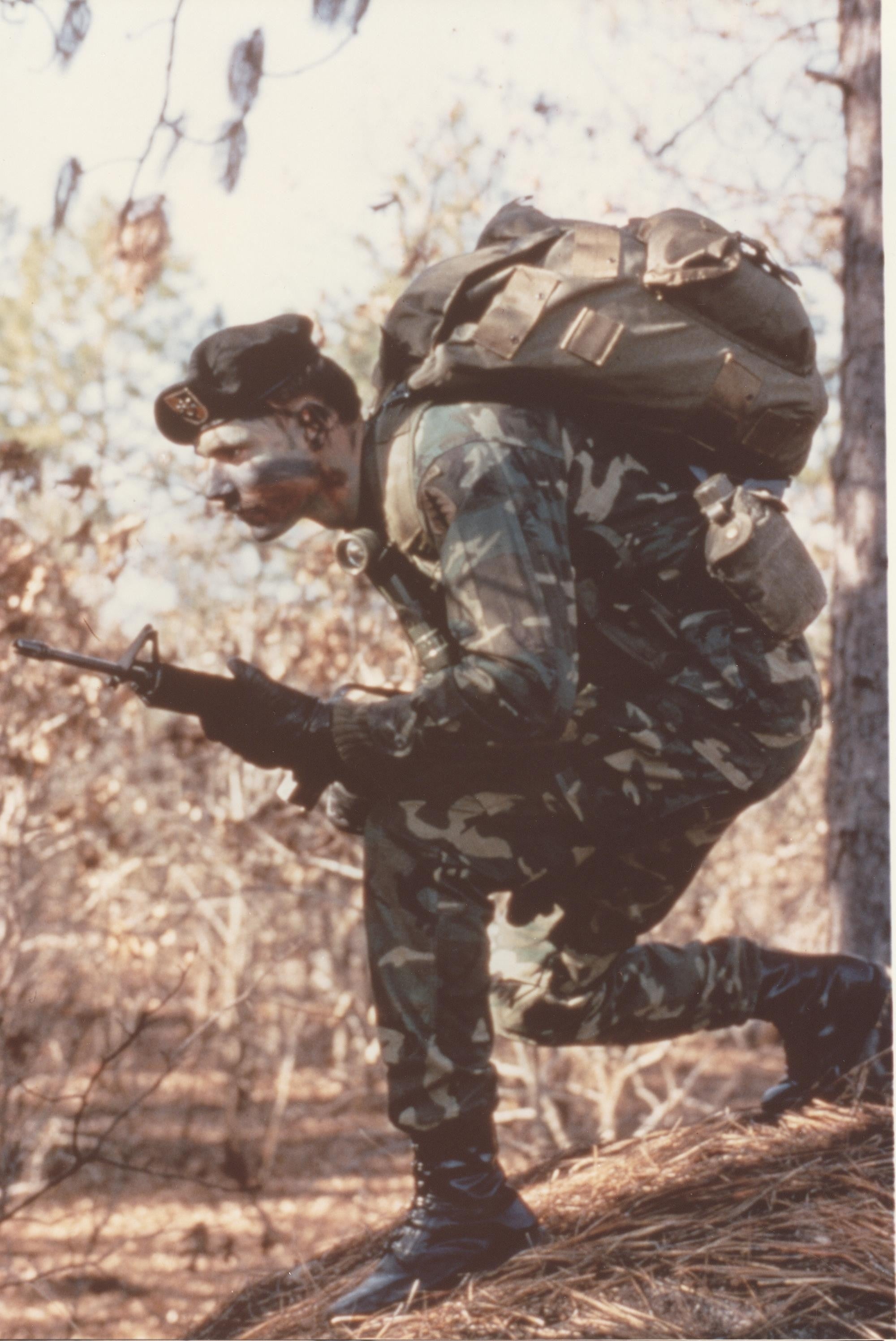Vintage 1900-1970 Canadian Cowichan
Canadian Sweaters: Vintage Cowichan 1900-1970
The Cowichan people of southeastern Vancouver Island, British Columbia, are responsible for developing their unique style of knitting known as Cowichan knitting.
This technique is used to make the strikingly patterned, heavy-knit Cowichan sweaters so popular among British Columbia residents and visitors to the province.
The craft of Cowichan knitting is a sort of acculturation; it is a blend of European textile skills and spinning and weaving processes from the Salish people. Over time, new devices, methods, and designs emerged as a direct result of this collaboration.
The Cowichan sweater is also known as the Siwash sweater, the Indian sweater, the curling sweater, and even the Mary Maxim sweater. Siwash is a word taken from Chinook jargon, the old trading language of the Pacific Northwest. On the other hand, Cowichan is the name of a particular First Nations nation. The word comes from the French word Sauvage, which translates to “wild,” Some people believe it has a pejorative connotation.

Traditional History
Over time, knitters in Cowichan began to adorn garments by adding Fair Isle patterns using the technique.
There are alot of patterns of Cowichan sweater like wales, horses, eagles, fishes and wolf etc. But the pattern selection is all depend on the preferences and attraction. Most of the people like wales on their clothes, most of them need a horse as horse is the sign of strength. In the past people wore these signs as a reference to certain tribes but eventually end up on their personal preferences.

It is generally agreed that a settler from the Shetland Islands named Jerimina Colvin was the first person to teach the art of patterned knitting sweaters. Mrs. Colvin moved to Cowichan Station in 1885, where she began raising sheep, spinning and dying her wool by hand, and producing her dyes.
She likely started giving knitting lessons somewhere in the 1890s, adding new designs to her repertoire as she picked them up from other Scottish settlers.
Knitting is thought to have been introduced to the West Coast by the Sisters of St. Ann.
This Roman Catholic institution was established in Quebec to foster children’s education in rural areas. In the year 1858, four members of the Sisters of St. Ann community moved from Montreal to Victoria to establish a school for children of varying racial backgrounds living in the area.
During the 1860s, the Native American girls who attended St. Ann’s Academy in Victoria and St. Ann’s School for Indian Girls in Duncan were taught how to knit as part of their curriculum.
However, in contrast to Fair Isle and Shetland garments, Cowichan sweaters are always hand knit using thick, handspun, one-ply natural-colored yarn in two or three colors (generally cream, black, and grey). This results in a warm, bulky outer garment that is heavier than the multicolored Scottish garments made from lightweight two-ply dyed yarn. The traditional Cowichan sweater of the 20th century was knitted from white or undyed wool, in the shape of a coat, with a shawl collar, hip-length, and usually embellished with native or sporting themes. It was worn in the coat style and fastened at the front by buttons or a zipper.
Popularity
In the 1920s, as interest in sweaters began to come from outside the Coast Salish community, companies and private individuals began replicating the sweater.

Initially, the sweaters were only worn by the Coast Salish. Willard S. McPhedrain founded Mary Maxim, an imitation company, in the 1940s. It is widely considered to be one of the most successful imitations. Initially, Mary Maxim was established as a woolen mill; however, the company quickly grew after McPhedrian came across a Cowichan sweater while on a sales trip in British Columbia. This event led to the expansion of Mary Maxim.
Today, many well-known clothing manufacturers, like Pendleton Woolen Mills, Ralph Lauren, and Aritzia, each produce their unique take on the classic Cowichan sweater style. The Hudson’s Bay Company (HBC) unveiled its clothing line for the 2010 Vancouver Winter Olympics in October 2009, featuring the Olympic sweater that resembled a Cowichan design. The games took place in January 2010. On October 21, 2009, Head Linda Hwitsum, serving as the chief of the Cowichan Tribes at the time, demanded retribution from the HBC. The fact that the sweater bears a registered trademark prompted the Cowichan Tribes to seek legal counsel to evaluate whether or not they would pursue legal action against HBC.

In the meantime, individual knitters from Cowichan began making plans for a covert protest during which participants would wear sweaters made in Cowichan to the torch relays in Victoria, British Columbia, and Duncan, British Columbia, which were scheduled to take place on October 30 and 31, respectively. In the end, the parties involved reached an agreement that allowed for a solution. It was decided that knitters would be given the option to sell their sweaters in the HBC shop in downtown Vancouver alongside the imitations.

